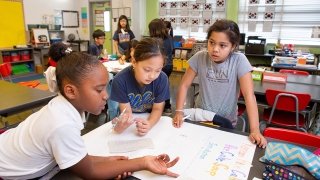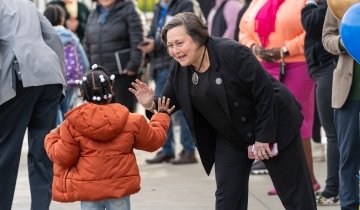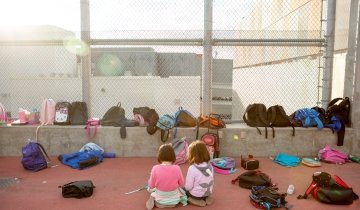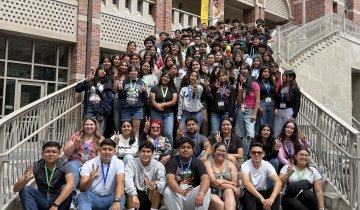There is a lot of talk in K–12 education about the importance of “student-centered” classrooms and many definitions of what it means to create these types of classrooms. They can be places where students’ language, culture and lives outside of school are used by the teacher to form a curriculum or as bridges to academic content. They can be places where students carry the cognitive load, co-constructing knowledge through discussions that are grounded in the course content and connected to the real world.
A student-centered classroom can also be a place where students develop and demonstrate leadership. To create such a classroom, teachers must act intentionally and think carefully about what it means to them to have students lead. Leading is not the same as handling tasks such as distributing and collecting materials. Leading is taking responsibility in important ways within the context of the established behavioral and academic learning conditions of the classroom. It means having authority in the classroom to make decisions and the responsibility to do so.
Establishing Expectations
First, for students to lead, clear behavioral expectations need to be in place. These should be established the first day of class. Clear expectations let students know what they can and should do to ensure that they are able to make the most of their classroom time. Behavioral expectations include being respectful of fellow students and the teacher as well as creating and promoting an emotionally and physically safe classroom by having high expectations for themselves and one another. Teachers must also model these expectations, reinforce them and ask students to be responsible for them by demonstrating them and holding their peers accountable to them.
Power in the classroom cannot only reside with the teacher. It must also be distributed to the students if the teacher expects the students to lead. Thus, when students behave in ways that are contrary to these behavioral expectations—teasing, bullying or interrupting—the teacher should expect students to lead by helping their peers recognize that their behavior violates the expectations of the classroom and asking their peers to abide by these established classroom expectations.
Constructing knowledge, together
Second, with respect to academics, teachers should communicate their expectations that students will participate in the co-construction of knowledge. They will do this by being actively, intellectually engaged in the content—whether it be math, science or English—and with their peers. To foster student leadership during instruction, the teacher will need to help students develop the skills to engage each other in this co-construction of knowledge by modeling what that looks like. Teachers must also provide appropriate scaffolds, by assigning roles to students—like timekeeper, moderator or notetaker—and giving them opportunities to practice giving and receiving feedback from the teacher and each other.
As with behavioral expectations, the teacher will need to commit to sharing power with students and enlist them in holding themselves and one another to these academic expectations. For example, the teacher can model ways to invite new voices into an ongoing conversation and then ask students to do the same. This can be demonstrated by asking students such questions as, “I was wondering what your thoughts are about... . Would you share them with us?” This sentence stem can then be used by students to practice the act of welcoming their peers into a conversation about the content.
Student leadership can be an essential tool in developing a student-centered classroom. Yet, for students to lead in the classroom, teachers must have defined for themselves what student leadership sounds and looks like. And then teachers must be proactive in creating the conditions where student leadership is possible.





